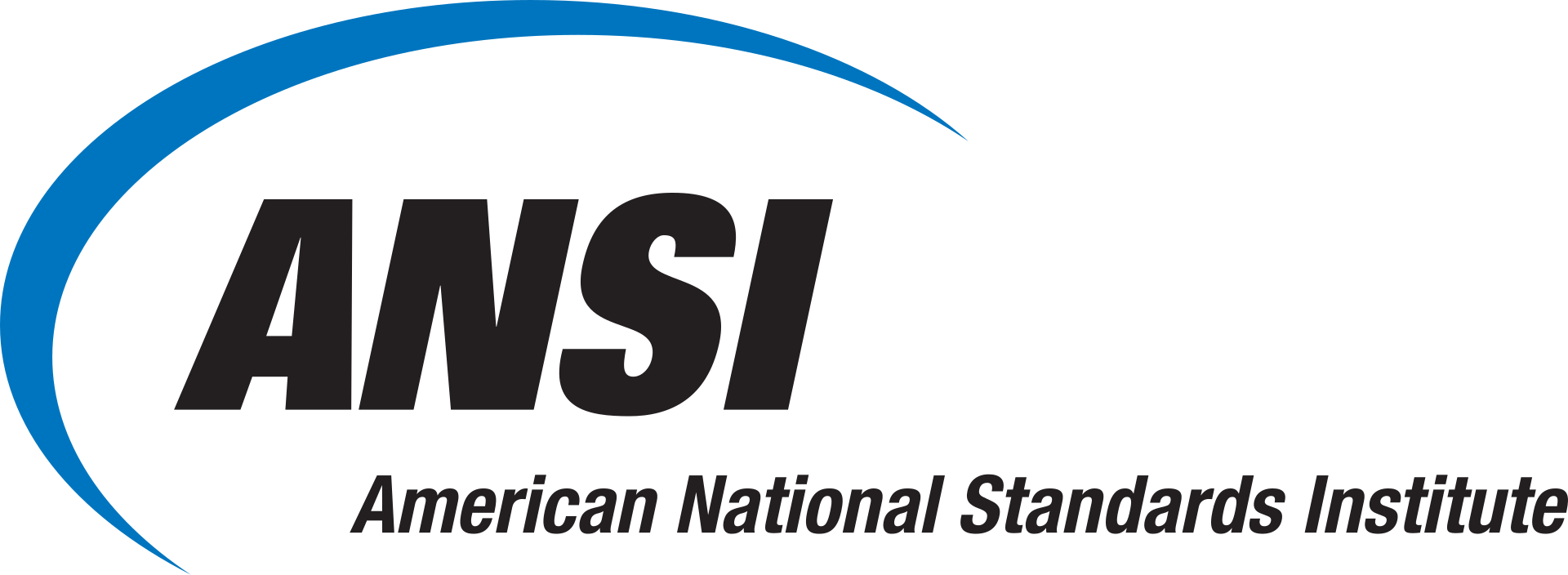ISO 19869:2019—Clean Cookstoves

At the intersection of health, environment, and poverty alleviation—especially in low- and middle-income countries—clean cookstoves offer a key solution. Their promotion is directly linked to the UN’s Sustainable Development Goals (SDGs), particularly those related to health, energy access, gender equality, and climate action. ISO 19869:2019—Clean cookstoves and clean cooking solutions – Field testing methods for cookstoves provides standardized protocols for evaluating cookstove emissions, efficiency, safety, and durability in household settings.
What Are Clean Cookstoves?
Clean cookstoves are cooking devices designed to burn fuel more efficiently and with significantly less pollution than traditional open fires or basic stoves—especially those using fuels like wood and charcoal. These stoves often use cleaner fuels like LPG (liquefied petroleum gas), natural gas, ethanol, or electricity, or they can be advanced biomass stoves that burn fuel more completely. They also use improved combustion techniques and sometimes include ventilation systems to reduce smoke exposure and harmful pollutants.
The goal of clean cookstoves is to improve both the health of users and the environment by reducing indoor air pollution and greenhouse gas emissions.
What Is ISO 19869?
ISO 19869:2019 provides field testing methods to evaluate cooking system performance in real-world conditions. The international standard focuses on evaluating various aspects of cookstove performance, including fuel consumption, emissions, safety, and durability, in a practical setting.
How Are Clean Cookstoves Related to the UN Sustainable Developmental Goals (SDGs)?
Clean cookstoves are closely tied to several United Nations Sustainable Development Goals (SDGs) because they address critical issues like health, energy access, gender equality, environmental sustainability, and poverty. Here is how they relate to specific SDGs:
SDG 3: Good Health and Well-being
Clean cookstoves significantly reduce indoor air pollution, a major health hazard, especially for women and children who spend the most time near cooking areas. This leads to fewer respiratory illnesses, cardiovascular problems, and other health issues associated with smoke inhalation.
SDG 7: Affordable and Clean Energy
Clean cookstoves provide access to cleaner and more modern and efficient cooking methods to traditional biomass polluting fuels. This contributes to the goal of ensuring access to affordable, reliable, sustainable, and modern energy for all.
SDG 13: Climate Action:
Clean cookstoves can reduce greenhouse gas emissions, including black carbon, a significant contributor to climate change. They also help reduce deforestation, as they often require less fuel wood, further mitigating climate impacts.
SDG 15: Life on Land
By reducing the demand for fuelwood, clean cookstoves help protect forests and biodiversity, contributing to the goal of sustainably managing forests and combating desertification.
In sum, by improving health, equity, energy access, and environmental resilience, clean cookstoves are a solution that supports the achievement of multiple SDGs.
ISO 19869:2019—Clean cookstoves and clean cooking solutions – Field testing methods for cookstoves is available on the ANSI Webstore.






